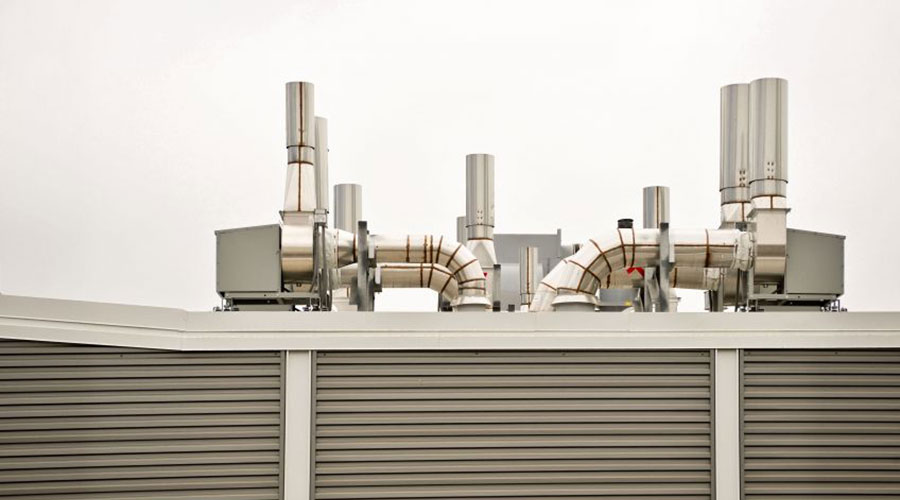Air filtering
Best Available Technique (BAT)
BAT is to optimise heating, ventilation and air conditioning systems.
Brief technical description
An air filter allows the air in the ventilated premises to be re-used. The flow of air to be renewed and reconditioned is thereby reduced, providing significant energy savings. Opting for an air filter when the ventilation installation is designed is advisable because the extra cost at that stage will be relatively small compared with its installation at a later stage. It is essential to check that the pollutants that remain can be recycled. Where this solution is possible, it is important to know the following parameters:
- recycling efficiency
- pressure loss
- behaviour when filter is fouled
Achieved environmental benefits
Energy saved after optimising all the parameters of the ventilation system will produce, on average, a reduction in the order of 30 % of the energy bill associated with its operation.
Cross-media effects
None reported.
Operational data
The energy consumption of a ventilation system increases over time for an identical service. To maintain its efficiency, it is necessary to monitor the system and when necessary carry out maintenance operations, which will produce substantial energy savings whilst increasing the lifetime of the system. These operations may consist of:
- conducting leak detection and repair campaigns on the air duct system
- changing filters regularly, particularly in the air cleaning devices, because:
- loss of pressure increases very rapidly with a worn out filter
- the filter’s efficiency at removing particles deteriorates over time
- checking compliance with health and safety standards associated with pollutant removal
- measuring and recording regularly the key values for the installation (electricity consumption and pressure loss in devices, airflow).
Applicability
Applicable to all existing systems.
Economics
In most audited installations, potential energy savings of up to 30 % consumption have been detected. There are many possible actions giving a return on investment often within two years.
Driving force for implementation
- health and safety conditions at work
- cost savings
- product quality.
Example plants
Widely used.
 EE Metal
EE Metal




